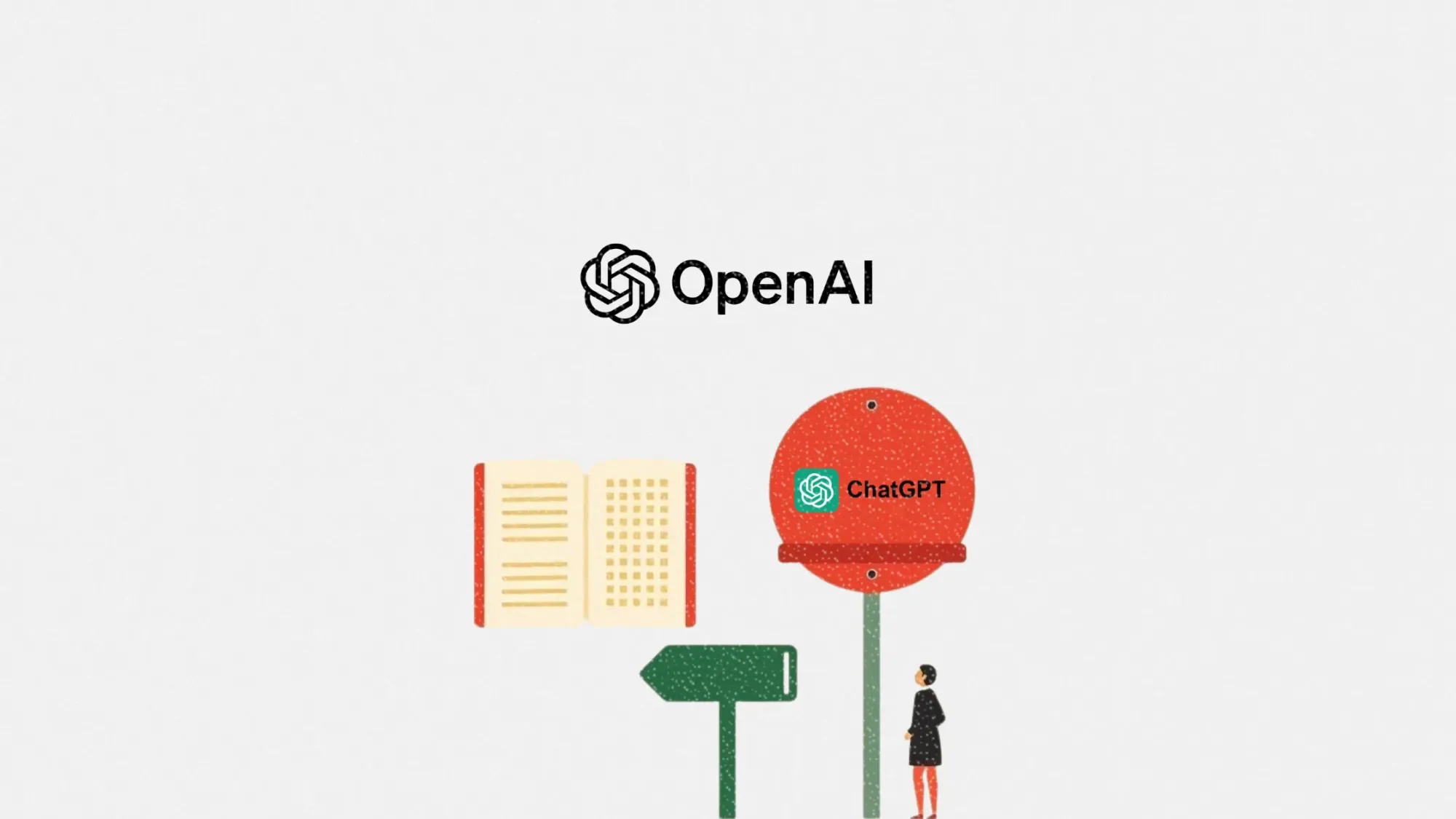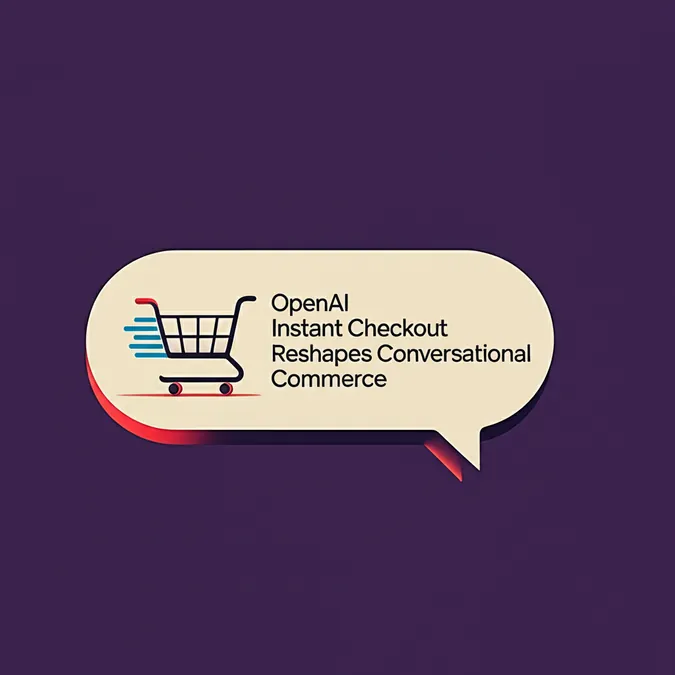Developer Offer
Try ImaginePro API with 50 Free Credits
Build and ship AI-powered visuals with Midjourney, Flux, and more — free credits refresh every month.
OpenAI Humanizes ChatGPT In New Ad Campaign
OpenAI is launching its largest brand campaign for ChatGPT, and it’s taking a decidedly human-first approach. The company is moving away from the usual AI hype to focus on real, relatable stories, showing how people use the tool for everything from planning a date night to organizing a sibling road trip.
After a visually abstract debut at the Super Bowl earlier this year, OpenAI’s new campaign is a creative pivot. The company is now emphasizing everyday usability to connect with a wider audience. This shift in strategy offers a glimpse into how AI is being positioned for the mainstream and provides valuable lessons for marketers in the tech space.

A New Human-Centered Campaign
OpenAI's new ad series is rolling out during NFL Primetime and will continue through the end of the year in the U.S. and the U.K. The campaign is supported by a significant media buy that includes TV, streaming, out-of-home ads, paid social, and influencer collaborations. According to Chief Marketing Officer Kate Rouch, the budget for this campaign surpasses that of their first Super Bowl ad.
The new ads are based on real-world uses of ChatGPT and feature young people, who are highlighted as some of the tool's most inventive users. You can watch the new spots here:
The scenarios are intentionally ordinary and relatable: using ChatGPT to find an impressive dinner recipe, getting workout guidance to get back in shape, or planning a complex road trip with friends.
The Strategy Behind The Emotional Pivot
This campaign is a stark contrast to OpenAI’s previous Super Bowl ad, which used abstract animation to frame ChatGPT as a monumental leap in technological progress. The message has now shifted from a grand, futuristic vision to a more personal and immediate one. ChatGPT is no longer just for complex work or science fiction-level tasks; it's for cooking, studying, and navigating everyday life.
The creative team aimed to present the brand "with humanity, creativity, and a clear focus on people," as stated by VP of Creative Michael Tabtabai. This vision was brought to life by director Miles Jay, who filmed the ads on 35mm film to give them a warm, tactile feel. The campaign was developed by OpenAI's in-house team in collaboration with creative agency Isle of Any and media agency PHD.
Interestingly, ChatGPT itself played a role in the creative process. Zach Stubenvoll, OpenAI’s Executive Creative Director, noted that the tool acted as a co-creator, helping the team brainstorm character ideas and different scenarios.
Key Takeaways for Marketers
OpenAI's new direction is more than just a marketing refresh; it’s a strategic move that offers important lessons for anyone marketing technology today.
1. Emotional Resonance Sells, Especially in Tech
Many tech brands get caught up in showcasing features over real-world benefits. OpenAI is doing the opposite. By focusing on small, human moments, it positions ChatGPT as an everyday utility rather than a complex disruptor. The lesson for marketers is clear: framing a product in human terms can significantly broaden its appeal and drive adoption.
2. Co-creation with AI is a Viable Creative Workflow
Instead of just being the product, ChatGPT was a collaborator in its own ad campaign. This combination of human creativity and machine-assisted ideation could become a new standard, particularly for smaller creative teams. Marketers should consider how generative AI can speed up the initial concepting phase or provide starting points for campaign ideas.
3. Targeting Younger Users Builds Influence
By featuring Gen Z in its ads, OpenAI is connecting with a demographic known for its early adoption of new technology and its powerful influence on social trends. Even if your primary audience is older, the brand credibility established with younger consumers can create a ripple effect and drive wider cultural momentum.
4. A Brand’s Tone Should Evolve
In under a year, OpenAI has shifted its brand voice from abstract and futuristic to intimate and relatable. This serves as a reminder that a brand's tone doesn't have to be set in stone. As market perceptions change or a product finds new applications, it's wise to reposition your messaging intentionally to stay relevant.
Compare Plans & Pricing
Find the plan that matches your workload and unlock full access to ImaginePro.
| Plan | Price | Highlights |
|---|---|---|
| Standard | $8 / month |
|
| Premium | $20 / month |
|
Need custom terms? Talk to us to tailor credits, rate limits, or deployment options.
View All Pricing Details
